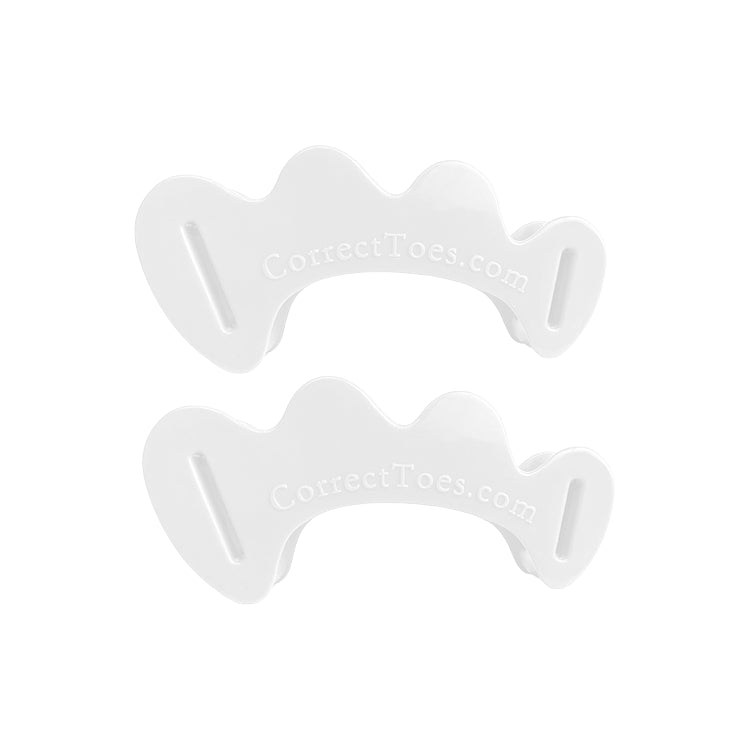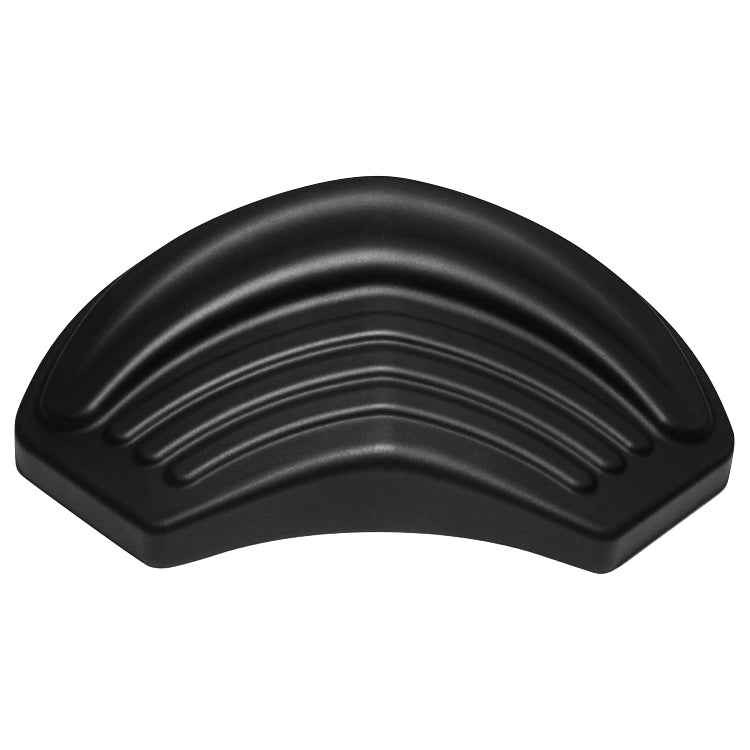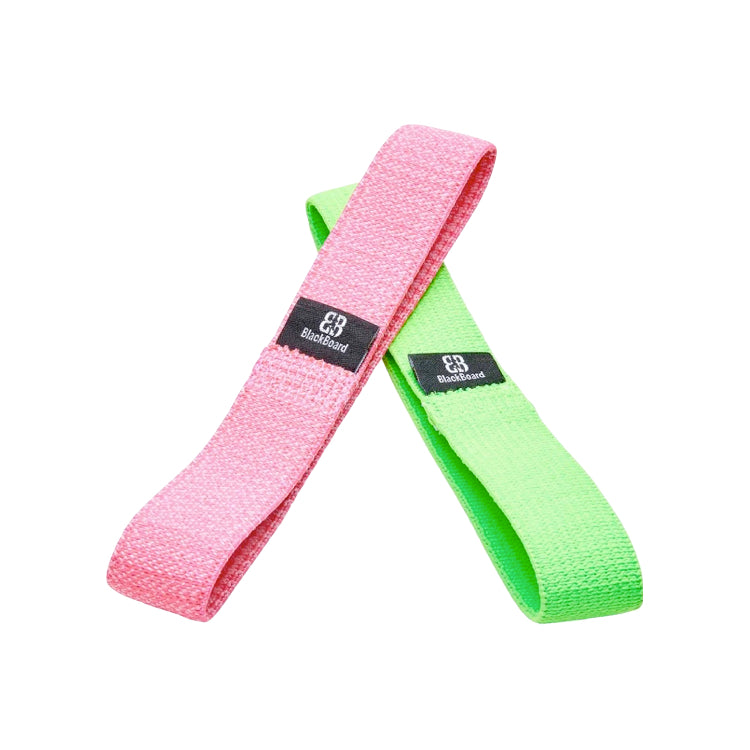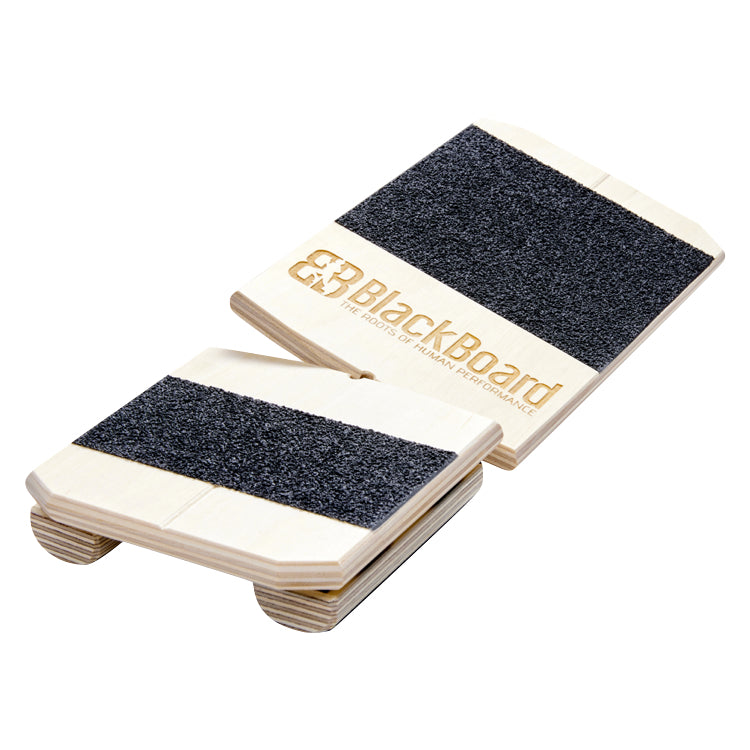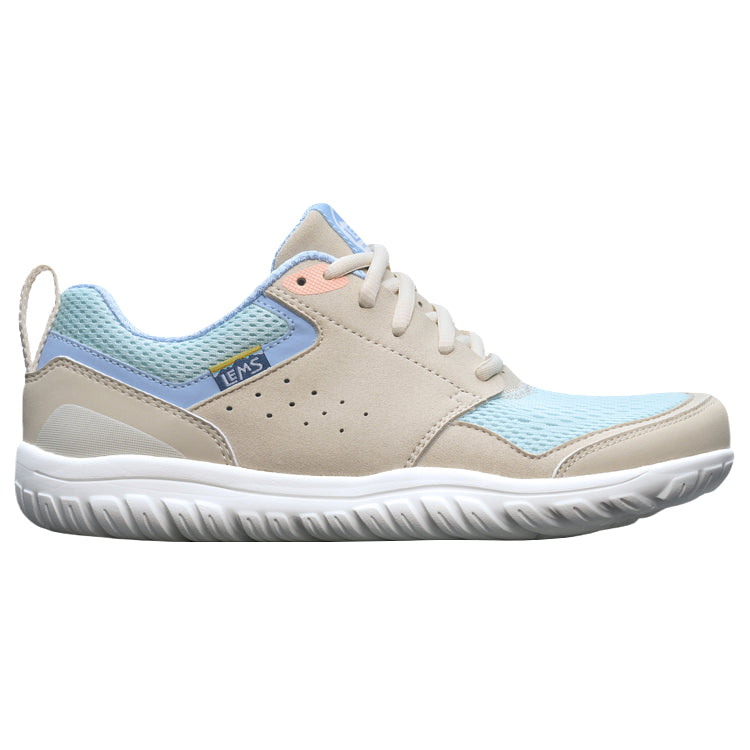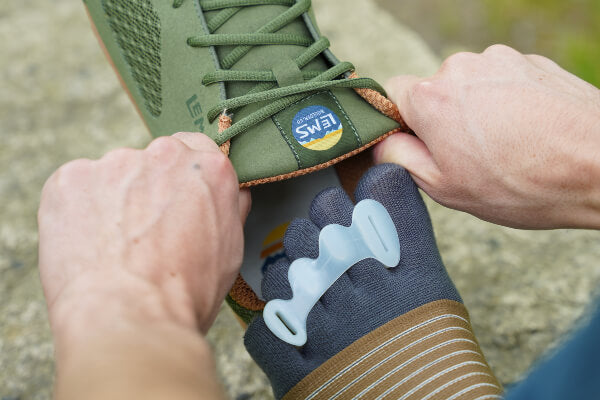
Hi, Rick. Thank you for your question and for stepping into the world of natural foot care—it's a journey that can make a profound difference not just in how your feet feel but in your overall quality of life. Foot pain after prolonged standing is something we hear about often, and it’s a clear signal from your body that something isn’t quite aligned—literally or figuratively. The good news is that there are concrete, actionable steps you can take to better understand—and address—the root causes of your discomfort. Learning to decode your foot pain is the first step toward lasting relief and more confident, comfortable movement.
One of the primary reasons people experience foot pain after long periods of standing is due to the structure of conventional footwear. Most modern shoes include elements such as toe spring, heel elevation, rigid soles, and toe boxes that are narrower than the natural shape of the foot. These design inclusions can alter your posture and gait mechanics in subtle yet significant ways, placing unnatural stresses on your foot’s soft tissues, joints, and circulation over time. When your foot can’t splay naturally or bear weight as it was designed to, it often compensates in ways that lead to fatigue, soreness, or even more chronic issues down the line.
In addition to footwear, the surfaces you stand on throughout the day can also have a major impact. Hard, unforgiving floors—like concrete or tile—offer no give and can amplify pressure points under the foot, particularly if you're wearing shoes that don't allow your foot’s natural shock-absorbing structures to do their job. Add to this a lack of intrinsic foot muscle strength—something that tends to happen after years of wearing restrictive shoes—and you’ve got a recipe for end-of-day foot pain. Over time, this daily strain can contribute to the development of more persistent conditions like plantar fasciosis, ball of foot pain, or bunions.
The key to reversing this discomfort lies in gradually restoring your foot’s natural function. This involves transitioning to men's or women's footwear that allows your toes to spread, your arch to load and spring, and your entire lower body to align properly. It also involves strengthening the often-overlooked muscles of the foot and lower leg through foot-specific exercises, and, in many cases, incorporating tools like Correct Toes and BlackBoard ToeBands to realign your toes and reawaken dormant foot function. None of this happens overnight, but with a bit of intention and consistency, the results can be truly life-changing.
You're absolutely not alone in what you're experiencing, and your question reflects an important first step: Awareness. At Natural Footgear, we’re committed to helping people reclaim their natural foot health heritage through education, community, and access to products that support healthy foot anatomy and movement. We encourage you to explore our various educational resources, sign up for our newsletter and e-courses, reach out with follow-up questions, and most of all, listen to what your body is trying to tell you. Pain is information—and with the right tools and understanding, it can become a powerful guide toward long-term wellness.

WANT TO IMPROVE YOUR FOOT HEALTH?
Let the team at Natural Footgear help you! Subscribe to our newsletter for the latest offers and helpful info, and sign up for our FREE email courses on various topics and foot health conditions.
Sign Up →
Want to Improve Your Foot Health?
We are here to help you every step of the way. Get our newsletter for the latest offers and helpful info, and sign up for our FREE email courses on various topics and conditions, including bunions, hammertoes, neuromas, plantar fasciosis, shin splints, ingrown toenails, and more.
Sign Up →
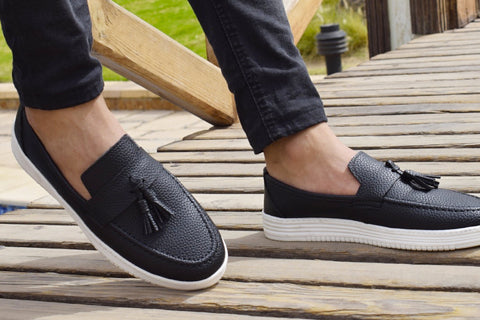 This is such an important—and incredibly common—question. First, let us say: We hear you. Foot pain, especially when it lingers despite your best efforts, can be both frustrating and disheartening. You’re trying to make informed, intentional choices, and yet something still doesn’t feel right. That gap between effort and outcome is precisely what led us, as doctors and educators, to launch Natural Footgear in the first place. We wanted to...
Read more
This is such an important—and incredibly common—question. First, let us say: We hear you. Foot pain, especially when it lingers despite your best efforts, can be both frustrating and disheartening. You’re trying to make informed, intentional choices, and yet something still doesn’t feel right. That gap between effort and outcome is precisely what led us, as doctors and educators, to launch Natural Footgear in the first place. We wanted to...
Read more



